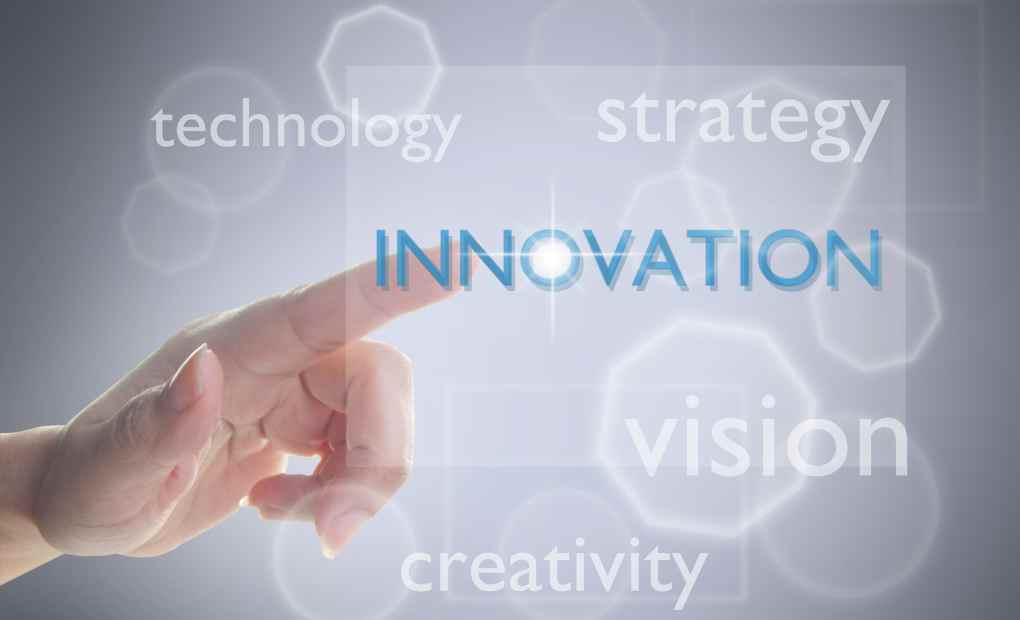Tools to Promote Sustainability and Innovation in Companies
Sustainability has become a central issue for many companies. That is why many of them already work with sustainability tools as the central axis of their business strategy. The objective is clear that its activity is aligned with the UN Sustainable Development Goals (SDGs).
Business sustainability includes sustainable measures in the corporate environment to achieve certain benefits. For example, improve the company’s reputation, increase energy efficiency, increase employee commitment or generate new business opportunities.
Tools that favour sustainability and business innovation
A sustainable company considers the impact of its actions on the environment. Those organizations that seek to generate a fairer world (environmentally and socially) with their actions need to adopt sustainability tools such as the following:
Circular Economy
Circular 2030 Circular Economy Strategy has recently been approved at the government level. Its objectives are reducing waste by 15% in 2030 and increasing reuse. And also improve the efficiency of water use or reduce the emission of greenhouse gases.
Also Read: Protect the Information on your Device
It is essential, therefore, that companies reduce their consumption of inputs and produce less waste while reusing resources. Technological recycling or prioritizing maintenance over substitution are some measures to promote a circular economy.
Carbon footprint calculation
The first step for companies to become aware of their organization’s environmental impact is calculating the carbon footprint. The calculation can be done for specific products or services and is based on international standards. Ultimately, the calculation aims to obtain the European Ecolabel of a product (ecolabel).
The carbon footprint is the volume of greenhouse gas emissions activity in a specific period. Calculating the footprint, then, is the first step to reducing it and to be able to subsequently incorporate measures that reduce the consumption of natural resources.
To reduce their carbon footprint, companies can opt for different operations. Some of them are introducing sensors, installing systems based on artificial intelligence that controls the activity or addressing the water economy. Be that as it may, all actions must focus on reducing or offsetting the carbon footprint.
Sustainable Finance Action Plan
The European Union’s Sustainable Finance Action Plan is one of the most recent sustainability tools. Its objective is that a significant part of the investments received by the 27 member countries goes to sustainable companies.
One of the pillars of this plan is green taxonomy. In other words, they are achieving an objective and homogeneous classification of all economic activities based on sustainability. Thus, to be considered sustainable, a company must meet specific objectives, which will be different depending on its sector.
Materiality analysis
The materiality analysis is the diagnosis that defines a company’s sustainable strategy. Thus, it is possible to identify the most relevant issues for a company, its investors and clients and prioritize them accordingly. In this case, the GRI standards are the most widely used tools to prepare the standards and the materiality analysis.
Compliance Ambiental
This is a tool used to ensure the sustainability of the business activity. To comply with the regulations, a wide variety of software tools detect the legal requirements that apply to the company.
The Regulation stems from the Sustainable Finance Action Plan. Its objective is to define which economic activities are economically sustainable based on a homogeneous and standard classification.
Sustainability Strategy and Action Plan
To advance in sustainable development, companies must minimize the negative impacts that their activity may have on the environment and maximize the positive ones. For this, they must define an appropriate strategy and action plan. One of the tools companies have to do this is the SDG Compass guide for business action on the SDGs.
Sustainability report
The sustainability report is a document that collects in an orderly manner all the actions a company has carried out in a given period. The annual report exposes information about the company’s economic, social and environmental performance and is usually done if it has a sustainability strategy.
To prepare the report, several regulations must be considered, such as the Eco-Management and Audit Scheme (EMAS) of the European Union. But also standards such as those of GRI or the Task Force on Climate-related Financial Disclosures (TCFD).
Non-financial information statements
This type of report, regulated by European and national directives, is only mandatory for large companies. The Non-Financial Information Statement provides information on the company’s environmental issues, personnel, human rights, and environmental sustainability.
Many tools allow you to reinforce a company’s sustainability and demonstrate that the appropriate measures are being taken. And not only because European and national regulations set it but because it is the consumers and investors who demand more sustainability. Those that do not include sustainability strategies or fall into greenwashing risk being penalized by their clients.
Also Read: How to View Saved Passwords

